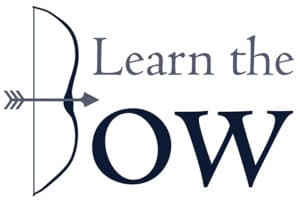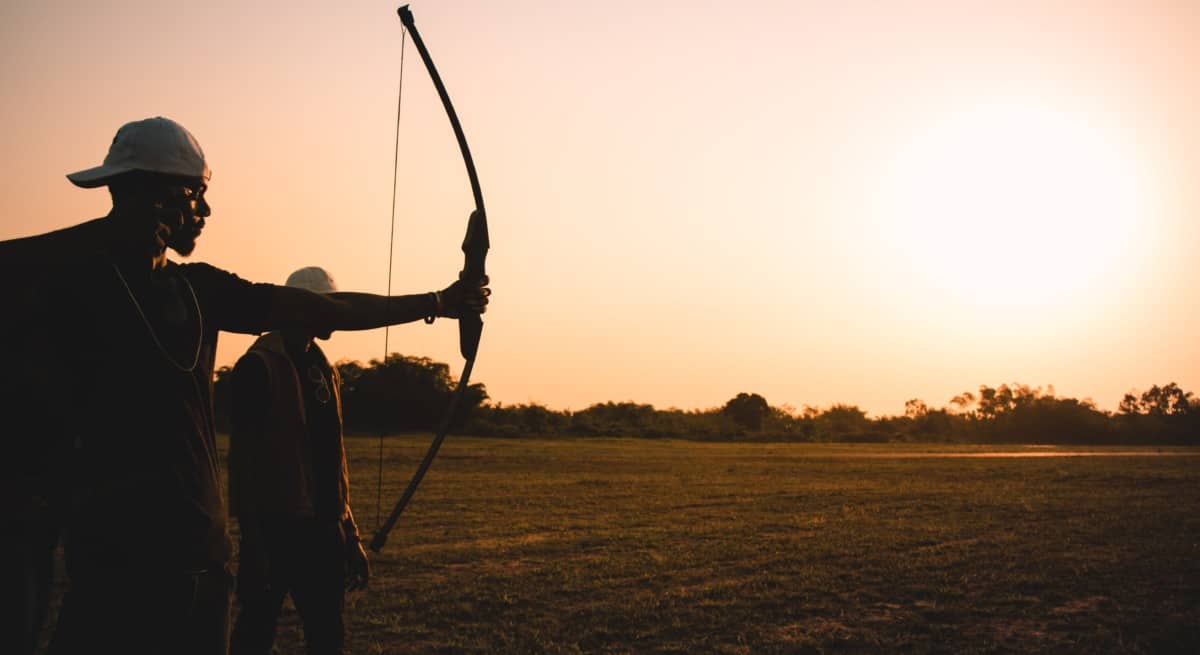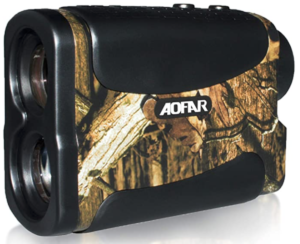There are a few different brands of recurve and compound bows. Bowtech, Hoyt, and Mathews are just a few of the brands out there that produce fantastic bows. Reviews are outstanding for these brands, but I know there are other great brands too.
Recommended Gear
- Every bow needs a good, waxed string. My best advice is to take care of your string with wax every month. Purchasing wax is just important. It keeps it moist and ready to fire.
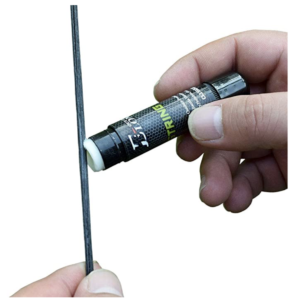
- Arm guards are a must in the beginning. I’ve given myself some nasty welts that hurt for days. Protect that arm until you perfect your aim.
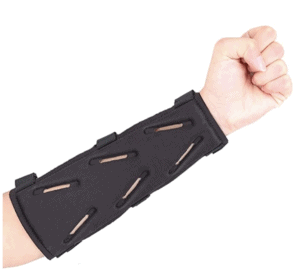
- Arrows can be found at the store by an employee who will cut them specific to your bow. I have about 30 arrows I rotate through. They last a good while! That is, until you “Robin Hood” so many of your arrows because you’ve been working hard to improve your aim!
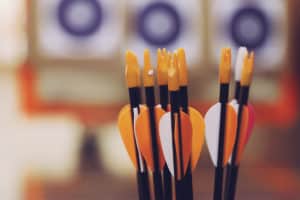
- Get a good case to protect your bow when you travel. Unfortunately, there aren’t a ton of options, but they work. Maybe someday I’ll be able to design and produce my own case. Someday.
Here’s a recurve bow case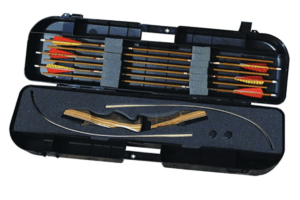
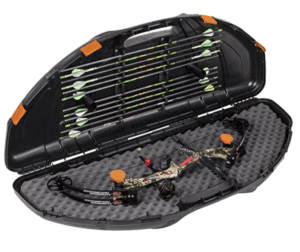 Here’s a compound bow case
Here’s a compound bow case - The last gear I purchased was a little bit of a splurge. I say this because it is not absolutely necessary, but it sure makes gaging your aim a whole lot easier. It is a rangefinder. When you know how far away a deer is, or an elk, you can know how to aim your bow and arrow.
Taking care of your bow with a good case, taking care of your string with wax, taking care of your arm with an arm guard are all simple things that have made a big difference.
Purchasing a rangefinder feels like a big investment. And it kind of is, especially after you’ve bought a bow, arrows, a target, a case, an arm guard, and other things that come up, like when you lose arrows and need new ones. It gets expensive! I get it.
The rangefinder has been a really great to help me set a standard and measure my success. If I start shooting at 10 yards, and I get good enough to hit the bulls-eye pretty frequently, then I can move back another 10 yards.
When I’ve backed up to 70 yards to practice, and I can get accurate there, then when I am ready for the big day, the big hunt, and I use my rangefinder to see how far away the animal is, I can be accurate! If I am just guessing at how far away the animal is, I don’t know if I need to aim higher or lower. And that makes all the difference when you’re hunting.
Rangefinders also come in really handy when I’m shooting guns too. I recently took my wife out target shooting so she could practice and the rangefinder just made it so easy for us to know how far back we were standing. We could increase the distance to the target by 10 yard increments no problem.
Is buying a rangefinder necessary? No. Does owning a rangefinder and having easy access to that information helpful? Absolutely. It just makes life easier. And in many instances, I’m all about making things easier (when I can afford it of course).
